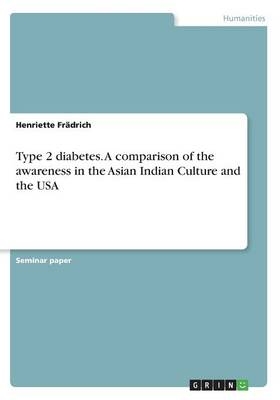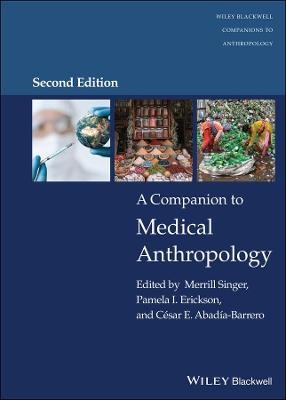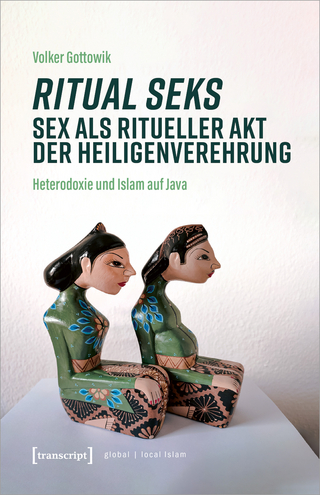
Type 2 diabetes. A comparison of the awareness in the Asian Indian Culture and the USA
Seiten
2016
|
16001 A. 1. Auflage
GRIN Verlag
978-3-656-98784-0 (ISBN)
GRIN Verlag
978-3-656-98784-0 (ISBN)
- Titel nicht im Sortiment
- Artikel merken
Seminar paper from the year 2015 in the subject Cultural Studies - Miscellaneous, grade: 1,7, University of Potsdam (Institut für Anglistik/Amerikanistik), course: Seminar: Researching Cultural Models, language: English, abstract: For some time now India has been undergoing a nutrition transition which boosts the development of overweight and obesity leading to chronic diseases such as type 2 diabetes. Due to industrialisation and modernization, the diet of Indians living in urbanised areas changes from traditional diets to excessive intake of western fast food. Besides these dietary factors the rising lack of physical activity is highly associated with the rising emergence of the aforementioned disease. According to the Asian Diabetes Prevention Initiative, in the year 2013 60% of diabetics lived in Asia, whereby India was home to the second largest population of individuals with type 2 diabetes worldwide, with 65.1 million diabetics. In contrast,the American Diabetes Association reported 21.9 million diabetics for the year 2012. As a result, the awareness of influencing factors for the development respectively prevention of type 2 diabetes should be quite high for both countries, and even higher for the Asian Indian population. To see if this is the case, in this paper I am going to examine the English language of both cultures with the help of corpus-linguistic analysis.Some factors influencing the emergence of type 2 diabetes were already mentioned before. Overweight and obesity are clearly the main risk factors for developing type 2 diabetes. Asian Indians have a higher percentage of abdominal body fat compared to Europeans, which leads to a higher insulin resistance associated with type 2 diabetes. Therefore, Asian Indians have a higher prevalence for developing type 2 diabetes than other ethnic groups, even at a lower Body Mass Index. Of course, body weight is highly dependent on nutritional factors. In addition to the traditional consumption of already unhealthy white rice, refined grains and saturated fats from palm oil, especially the increased consumption of western fast food raises the intake of fat, sugar and calories.
2009-2010: B.A. Lehramts-Studium: Ernährung/Lebensmittelwissenschaften + Anglistik (Technische Universität Berlin +
Humboldt Universität)
2010-2014: B.A. "Kultur und Technik - Schwerpunkt: Sprache und Kommunikation" (Technische Universität Berlin)
Seit April 2014: M.A.-Studium: "Linguistik: Kommunikation - Variation -Mehrsprachigkeit" (Universität Potsdam)
Aktuell: Ausarbeitung der Masterarbeit mit dem Titel "Kommunikative Verfahren der Herstellung gegenseitigen
Verstehens im simulierten Mediationsgespräch: Formulierungen und Reformulierungen des Mediators"
| Erscheinungsdatum | 24.08.2016 |
|---|---|
| Sprache | englisch |
| Maße | 148 x 210 mm |
| Gewicht | 44 g |
| Themenwelt | Sozialwissenschaften ► Ethnologie ► Völkerkunde (Naturvölker) |
| Schlagworte | Ethnic Studies • Sozial- und Kulturgeschichte |
| ISBN-10 | 3-656-98784-X / 365698784X |
| ISBN-13 | 978-3-656-98784-0 / 9783656987840 |
| Zustand | Neuware |
| Haben Sie eine Frage zum Produkt? |
Mehr entdecken
aus dem Bereich
aus dem Bereich
Schweden : Ambiguitäten verhandeln - Tolerieren als soziale und …
Buch | Softcover (2023)
Brill Schöningh (Verlag)
49,90 €
Buch | Softcover (2023)
transcript (Verlag)
54,00 €


